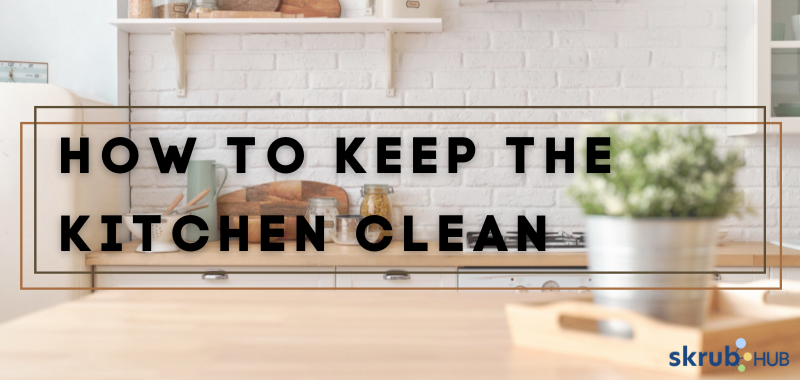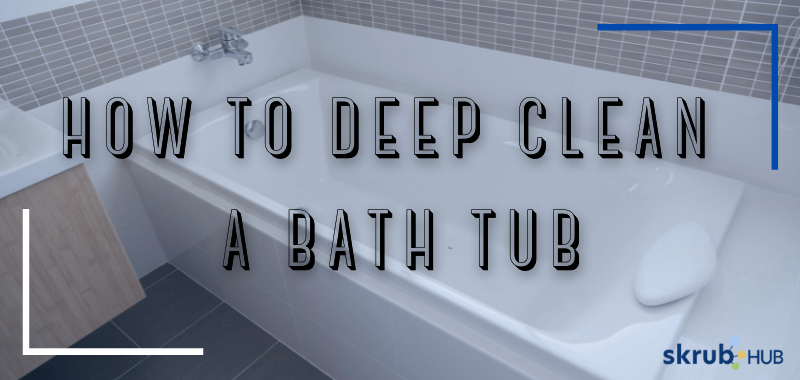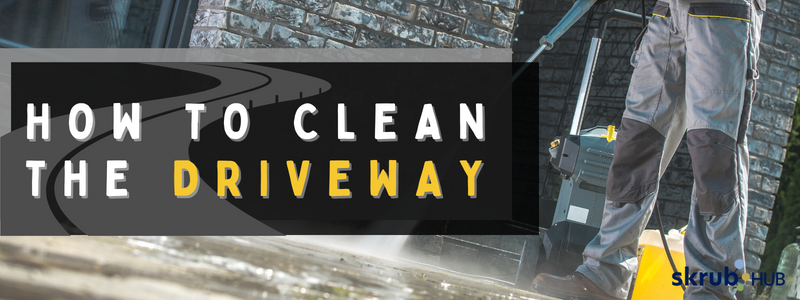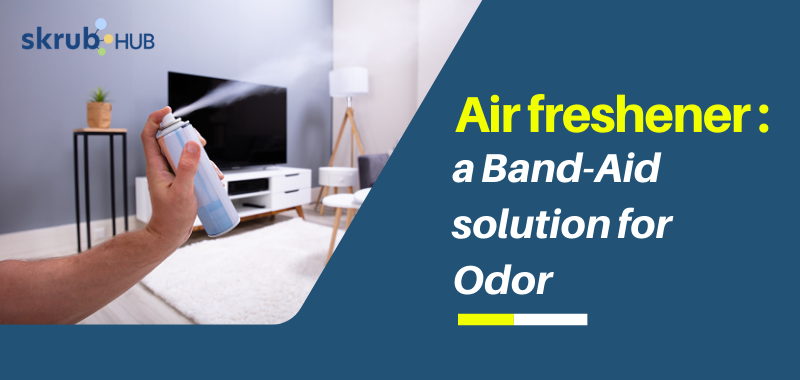
How to Clean a Stove
How to clean a stove? – Three types of stoves and how to clean them
Cooking is an essential part of one’s daily life. Imagine the meals and dishes you could make from scratch. Moreover, it is more cost-effective than eating outside or ordering from fast food stores daily. A bonus is that you can control your meals and create new ones each day so you will not settle on repetitive food from the outside.
When you cook, you always use the stove because it is where you can make quick dishes to the most complex ones. In addition, it helps you provide moderate to extensive heat to cook your food effectively. Furthermore, stoves help you execute many cooking methods, such as frying, boiling, sauteing, steaming, and more.
There are two deeds to accomplish after cooking. First, you must enjoy your fully prepared meal and devour it until the last bite. But then, you would have to clean all the materials you used for cooking. Let’s be honest; the latter is not as exciting as the former. Cleaning these materials involves cleaning the stove, which you will accomplish in no time with the following steps.
Types of stoves

Types of stoves
Three types of stoves are common in a household. Each of them has its pros and cons that everyone should be knowledgeable of. Nevertheless, each stove serves its purpose of providing and heating the necessary mixture of ingredients for the food to be cooked and served adequately.
#1 Gas stove
The traditional stove is most common in a household. It is the earliest to be invented out of the three types of stoves discussed. Gas stoves require a gas source like gas tanks to be functional. Although some people may find it uncomfortable and uncertain about having a gas tank inside a house, the stove still serves its purpose of letting out a high amount of heat for the food to cook.
Gas stoves allow you to clearly see the heat level as it releases the flames from the burner heads. There are four parts of the traditional gas stoves that you are bound to clean when it gets dirty after cooking. First is the grate, the rack where you place your pots and pans when you cook. Next, you have the burner caps that distribute the flame efficiently and the burner heads where the flames exactly come from. Lastly, the stovetop surface is where most sols and spills direct into.
#2 Glass-top Electric Stoves
The new and modernized type of stove is the glass-top electric stove. Similar to an induction cooker, these stoves are generated and heated by electricity. For distinction, electric cooktops are controlled by the heat coming from radiant elements that drive their temperature to your pots and pans and your food. However, these stoves are generally slower to heat than most types, which is not your best time-efficient friend.
#3 Induction stoves
An advanced way of cooking is through glass stove tops powered by electricity. Heated coils inside the stove operate electric glass stoves. The flattened spiral coil helps generate heat to the top of the glass, where you put your pans, pots, and other cooking essentials. This method directly heats your pots and pans without distributing the heat to the whole surface and avoiding the chances of burns.
Induction cooktops are much faster and more efficient than electric and gas stoves. Therefore, this type of stove would not cause you too much of your time and energy. Moreover, this is safer than gas stoves with little chance of flammable hazards. Although, if this product gains more weight on the price, it is very worth the price and works very effectively.
There are three parts to clean in an induction stove. First, these are your coils that are the source of heat used for cooking. Holding these coils are the drip pans which also need timely cleaning. And lastly, the surfaces of your stove.
How to clean gas stoves
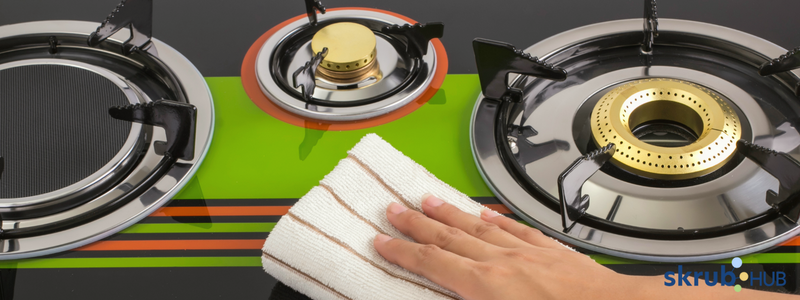
How to clean gas stoves
Step # 1: Clean the grates and burner caps
First, remove the grates and burner caps and use soap and a soft sponge to scrub any easy-to-remove soils. After you wash them and still see a couple of hardened soils, create a mixture of vinegar, dish soap, and baking soda and generously put it on the grate and burner caps. Let it sit for a couple of minutes, and wash it off with a sponge.
Step # 2: Clean the burner heads
Wipe the burner heads with a damp cloth. Then, use a small pointy material such as clips or a pin to poke clogged portions of the holes. Next, use a sponge and vinegar to remove grease and wipe with a damp cloth.
Step # 3: Clean the surfaces
First, remove any bits of food, soil, and crumbs left. Then, use a one-part vinegar to two parts baking soda ratio to create a paste that removes grease and stains. Let the mixture sit for 15 minutes, scrub the area with a sponge, and wipe it off with a damp cloth. After letting it dry, place all the parts back together.
How to clean induction and electric stovetops

How to clean induction and electric stovetops
You must be very gentle handling these tops because the glass material is very fragile. Wipe the remaining soil and crumbs with a damp cloth to clean these stovetops. Give the surface a quick scrub to remove the possible grease removed. Then, pour the mixture of vinegar and baking soda onto the surface and let it sit for 20 minutes. Use a clean cloth to remove the mixture and scrape off all the remaining soils. Lastly, put all the pieces back together, and you’re done!
Conclusion
Whatever stove you use for cooking, there is always a way to make it good as new. Unfortunately, cooking every day may lead to your stove having a burnout and not working as well as you want it to be. But sometimes, a quick cleaning can solve all your problems and save you so much money, energy, and time.
Soils from food may be tricky to eradicate, but cleaning products or homemade cleaning agents you probably see every day will work wonders on your stovetops. Remember, you do not have to clean these materials daily as it will only damage them, so give it a fix. Now, you can go on and clean your stove and make it as fresh as new.
FAQ
Which is better? Induction stoves or electric stoves?
While they look so much alike, induction cooktops are better than electric stoves because they generate more heat and distribute it efficiently and smartly to your pots, pans, or other cookware only.
Can I use ceramic pots on induction stoves?
Besides being costly, a quick disadvantage of induction stoves is that you have to only use metal-induced material for the heat to directly reach your food and cook it.
How should I clean the coils?
To clean the coils of your stove, you must first let it run to heating for a couple of seconds to burn all the remaining soils. Then, let it cool first before wiping it with a mixture of dishwashing soap and water. Finally, let it dry before placing it back on the stove.
Related Post
How to Keep the Kitchen Clean A clean and safe kitchen is an essential step toward a healthy home. A...
How to Deep Clean a Bath Tub The bathtub is one of the few household chores that few people can...
How to Clean the Pool When was the last time you had your pool cleaned? We mean thoroughly cleaned it....
How to Clean the Attic The attic is probably one of those places in your home that you don’t think...
Natural cleaning agents are just as good as chemical cleaning agents When you shop for products you will use, those...
Why aren’t cleaning acids always the best option The pieces of furniture we have and the fixture inside our houses...
How to clean the driveway? Your home’s first impression always matters, as portrayed by the front of your house. Therefore, cleaning...
How to clean the driveway? Your home’s first impression always matters, as portrayed by the front of your house. Therefore, cleaning...
How to clean a stove? – Three types of stoves and how to clean them Cooking is an essential part of...
How do I maintain my cleaning tools? – Tips for long-lasting cleaning essentials! As a cleaner, your cleaning tools can be...
How can I clean the wall marks without damaging the paint? Every part of the house is essential to clean. It...
Air freshener: a Band-Aid solution for Odor Having a squeaky clean finish is essential in cleaning an area. However, generating a...
How Do Professionals Clean A House? – Guide to Cleaning Like a Pro! Commonly, a home is one’s safe spot to...
Free House Cleaning Schedule – Tips For An Established Home Cleaning Schedule Cleaning is part of the daily routine that one...
How To Keep Your House Clean When You Work Full Time – 6 Cleaning Tips For the Busiest People Having a...
How To Find A Dependable Cleaner Most individuals today find it hard to take some time to clean their homes. Business...
9 Signs That You Hired A Good Cleaner In this current pandemic, it’s more vital than ever to maintain your home...


